


Mr. Pham Van Quan: First of all, I would like to review the bright spots in the first 6 months of 2025. With the determination to implement Resolution 57-NQ/TW, the Government has initially implemented many solutions to promote the application of science and technology in industry. Thanks to that, GDP increased by 7.52%, the highest in recent years. Industrial production growth reached a high level (IIP index increased by 9.2% compared to the same period last year at 8%, the processing and manufacturing industry alone increased by 11.1% (the highest in many years).
Industry accounts for 30% of GDP, of which manufacturing and processing industry accounts for 80% of the industry. Import and export in the first 6 months of the year reached over 400 billion USD, export reached 220 billion USD, up 14.4% compared to 2024.
However, the application of AI, Internet of Things (IoT) and big data technologies in Vietnam's industrial production is still limited, especially in the domestic enterprise sector (less than 15%), most of which are still at the technological level of the industrial revolutions 2.0 - 3.0. Most domestic manufacturing enterprises are still at a low level of automation.

According to a survey on supporting industries, over 30% of enterprises still operate entirely with manual control equipment, over 50% have semi-automatic equipment, but less than 10% of enterprises use robots in the production line. The difference in technology is clearly shown between tier 1 and low-level suppliers: 2, 3 of FDI enterprises such as Samsung, Toyota.
However, the application of new technologies is on the rise and opens up many opportunities for the manufacturing industry. Many large enterprises have pioneered the construction of smart factories, applying AI and IoT to optimize performance. The level of automation is very high in some leading enterprises such as Vinfast, Hoa Phat, Thaco , TH Truemilk.
Many businesses have applied AI to analyze real-time data to monitor machine performance, predict failures and provide early warnings; use AI-integrated cameras to check product errors, analyze causes and promptly fix them.
At the same time, big data is synchronized with production planning for efficient energy management. Deploying AI/IoT solutions helps to increase productivity, reduce costs and improve product quality significantly. IoT is being applied to automate processes from line management to supply chain tracking, thereby minimizing operational errors, optimizing material usage and increasing labor productivity.
Thanks to these applications, some factories in Vietnam have achieved higher levels of precision and flexibility, approaching the standards of smart factories in the world .

Mr. Pham Van Quan: Regarding opportunities, in my opinion, the institution is changing very quickly, especially since Resolution 57-NQ/TW on breakthroughs in science, technology, innovation and national digital transformation; Resolution 68-NQ/TW on private economic development.
In the first 6 months of 2025, the Ministry of Industry and Trade issued 7 Decrees, 2 Prime Minister's Decisions, 16 Circulars... The Central Steering Committee on Science, Technology, Innovation and Digital Transformation Development launched 3 digital platforms to serve the implementation of Resolution No. 57. The Government has issued the National Strategy on Research, Development and Application of Artificial Intelligence (AI) to 2030.
In addition, the global supply chain is shifting, creating opportunities for us to choose technology, investors and investment conditions. The Government will allocate more sources to increase revenue and save expenditure to meet the requirement of allocating at least 3% of total budget expenditure for breakthroughs in science, technology, innovation and digital transformation.

Regarding challenges, I think there are 4 major challenges. First , the internal limitations of enterprises: Most Vietnamese industrial enterprises are small and medium-sized, lacking capital and resources to invest in technological innovation, and the level of production management is still low.
The application of AI and IoT requires large initial costs and appropriate IT infrastructure, which is a hindrance for small businesses. Continuously changing technology makes it difficult for businesses to meet market demands, especially in industries with rapid technological change such as electronics.
Second , there is a serious shortage of high-tech human resources: Each year, AI human resources only meet 10% of the demand, only about 30% of the 55,000 IT engineers graduating each year have AI skills, although Vietnamese people are very good at math and have a lot of room for AI development. Highly skilled engineers in automation and big data are also scarce, making it difficult for businesses to absorb and effectively operate new technologies.
Third , the domestic digital infrastructure and technology ecosystem are not yet complete. For example, the AI infrastructure is still weak, lacking big data and a strong computing platform to develop industrial-scale AI.
Information security and safety issues are also big challenges as more and more devices and production lines are connected to the Internet: The risk of data leakage or cyber attacks on smart manufacturing systems requires the state to issue appropriate management standards and regulations.
Fourth , businesses' awareness of digital transformation is uneven; some businesses are still hesitant to change technology due to concerns about risks or lack of information, and need support and guidance from management agencies.


Mr. Pham Van Quan: We propose to focus on 4 main directions: Investment incentives, technology transfer, international cooperation and development of human resources in science and technology, in accordance with the spirit of Resolution 57-NQ/TW and development orientation to 2030.
Firstly , on investment incentives and business support including: Administrative procedures, corporate income tax, strategic technology development fund according to Decision 1131/QD-TTg dated June 12, 2025 on strategic technology (semiconductors, artificial intelligence).
Every year, the Department of Industry has a supporting industry program through research, communication, and training topics of about 100 billion VND for research units, businesses, and associations to support and promote the development of supporting industries, aiming to increase the localization rate.

However, I think that there should be specific incentive policies to encourage enterprises to innovate technology, especially in the supporting industry sector. The Ministry of Industry and Trade has recently been studying and issuing additional incentive and support policies specifically for supporting industry enterprises.
Specifically, it is proposed to develop incentive packages on corporate income tax, equipment import tax, and low-interest credit support for machinery innovation and production line automation projects. In addition, the Ministry also coordinates to promote the formation of funds to support technological innovation, encouraging small and medium-sized enterprises to boldly apply modern science and technology.
Second , promote technology transfer and supply chain linkage: Invest in R&D centers in Vietnam, 1+1 program according to Decree 205/2025/ND-CP dated July 14, 2025 amending and supplementing a number of articles of Decree No. 111/2015/ND-CP of the Government on supporting industry development.
Vietnam encourages foreign corporations to “transfer technology” through investing in R&D centers in Vietnam, allowing Vietnamese engineers and managers to participate in the research and production process, as well as creating conditions for Vietnamese enterprises to become suppliers in their production chains.
The Department of Industry has been implementing programs to connect domestic enterprises with FDI enterprises in the automobile and electronics industries. For example, through the Supporting Industry Development Program, many supply-demand connection fairs and supplier search days have been organized, helping large companies such as Toyota, Samsung, LG, Canon... find suitable suppliers.
A typical success in the FDI - domestic enterprise linkage is the cooperation program with Samsung Vietnam. Since 2015, the Ministry of Industry and Trade has coordinated with Samsung to implement a consulting program for Vietnamese enterprises.
As a result, 379 Vietnamese enterprises have received direct advice from Samsung to improve their competitiveness. Samsung has also trained about 400 Vietnamese consultants - this is the team that then travels to factories in the country to continue supporting enterprises to improve according to Samsung standards.
Thanks to these efforts, the number of Vietnamese tier 1 and 2 suppliers in Samsung's global supply chain has increased from 25 enterprises in 2014 to more than 300 enterprises in 2025 (more than 10 times).
In particular, from 2022, Samsung will send experts from Korea to transfer technology on smart factories to Vietnamese enterprises in both the North and the South. This is a typical example showing that technology transfer through FDI can help domestic enterprises quickly access modern technology.
Third , strengthen international cooperation and technical support projects: Build centers such as: Vietnam - Korea Technology Consulting and Solutions Center (VITASK), IDC Industrial Development Support Center, Southern Industrial Development Support Technical Center (IDCS)... The Department of Industry has deployed the construction of this model nearly 10 years ago in accordance with the spirit of Resolution 57-NQ/TW.
The Ministry of Industry and Trade is accelerating the construction of two Industrial Development Support Centers (North in Hoa Lac Hi-Tech Park - Hanoi and South in Ho Chi Minh City). These are technical centers equipped with modern machinery and laboratories, with the function of supporting businesses in product research and development, testing, measurement, and transfer of new technologies.
Once operational, these centers will be technical “midwives” for domestic enterprises, especially supporting industry enterprises, helping them test and apply advanced technology at low cost.
For example, the VITASK Project was established with the support of the Korean Government, focusing on improving the capacity of supporting industry enterprises in the automotive and electrical and electronics sectors. From 2020 to 2023, VITASK has trained and provided technical support to more than 100 Vietnamese enterprises through training courses and experience-sharing seminars on mold design and advanced manufacturing processes.
The Department of Industry attaches importance to mobilizing international resources (capital, technology, management experience) through cooperation projects and initiatives. Currently, the Department is the focal point for implementing a number of cooperation projects with partners such as: Korea, Japan, World Bank (WB), UNIDO... The results show that many enterprises after being consulted have significantly reduced errors and improved product quality.
Cooperation programs with Samsung Group are also being promoted: In addition to innovation consulting, from 2021, the two sides will implement a project to train 200 mold technicians for Vietnam; in 2022-2023, they will coordinate to support 50 pilot enterprises to apply the smart factory model.

The Department has also worked with JICA (Japan) on a project to improve productivity and quality for manufacturing enterprises and with some European partners on projects on cleaner production and green production. These international cooperations not only provide financial resources and experts but also contribute to effective technology transfer, helping Vietnamese enterprises shorten the technology gap compared to the region.
Fourth , develop human resources for science and technology for industry: Hire retired international experts, mentoring and training mechanisms for Vietnamese engineers; mechanisms to attract scientific talents (such as AI experts, Vietnamese robotics experts abroad to work with a contract mechanism); build a program to connect the system of universities and colleges under the Ministry (30 schools) with businesses to link research with training and aim for production.
The Department has coordinated with Samsung and large corporations to organize training courses for middle-level managers of industrial enterprises. The goal is to train managers to understand smart manufacturing, thereby leading enterprises to systematically implement digital transformation.
In addition, through industrial development support centers, the Ministry of Industry and Trade has opened many training courses for engineers on molds, precision mechanics, automation, etc. These are areas where mechanical, automobile, and electronics enterprises are in dire need of high-quality human resources.
The government has set a strategic goal: to train 100,000 engineers in the fields of semiconductors, AI and other high technologies in the coming years.
The Department of Industry is also developing a program to connect the system of universities and colleges under the Ministry (30 schools) with businesses to link research with training and move towards production. Human resources are trained according to business orders, approaching the needs of society with standard manners and attitudes.

Thank you!
Source: https://congthuong.vn/ung-dung-cac-cong-nghe-moi-gia-tang-mo-ra-nhieu-co-hoi-cho-nganh-cong-nghiep-413413.html



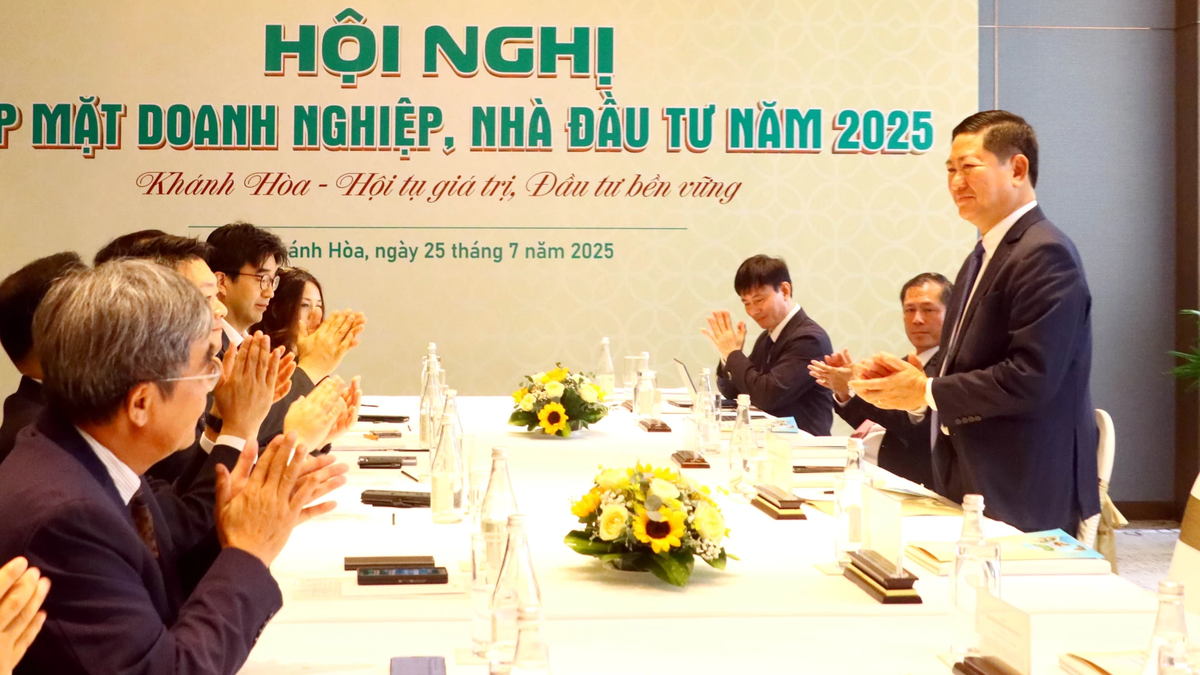
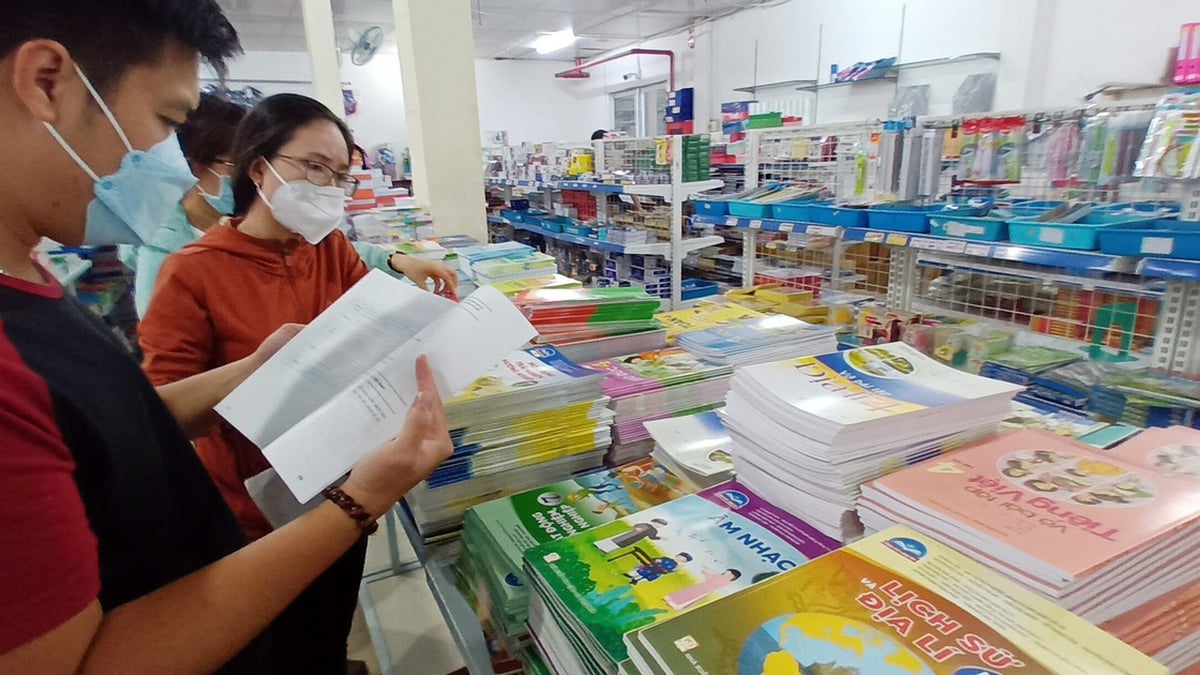

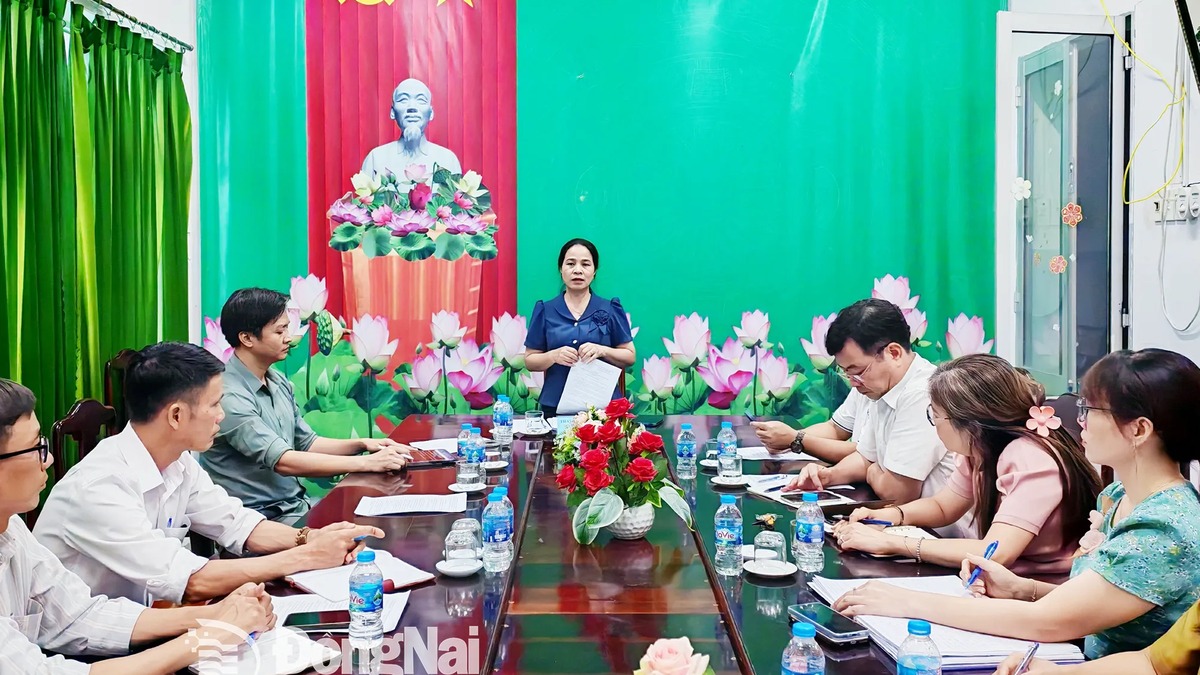



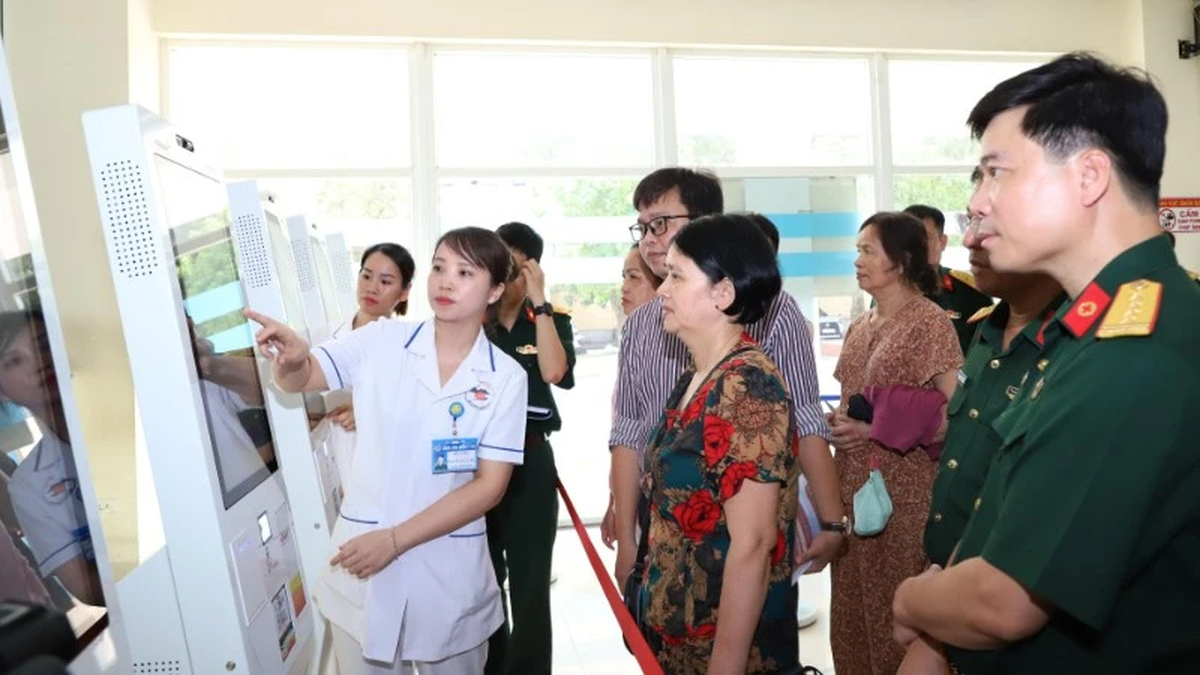
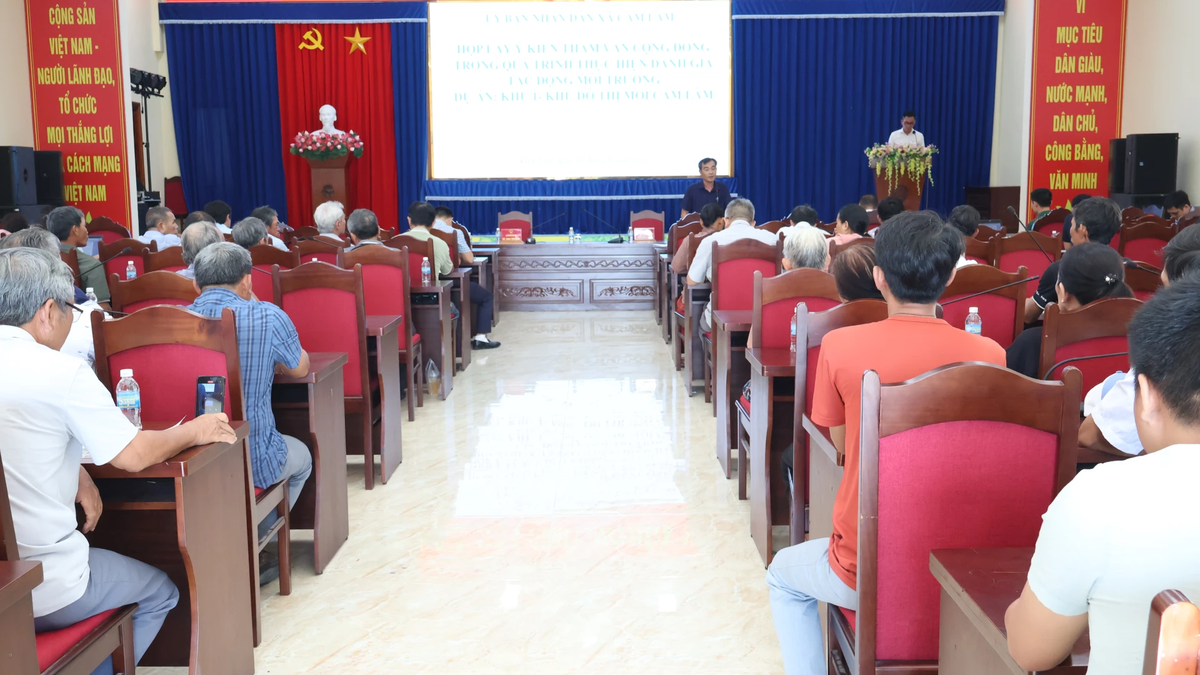
























































































Comment (0)